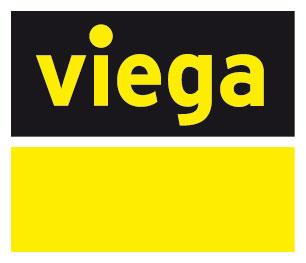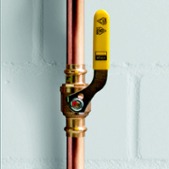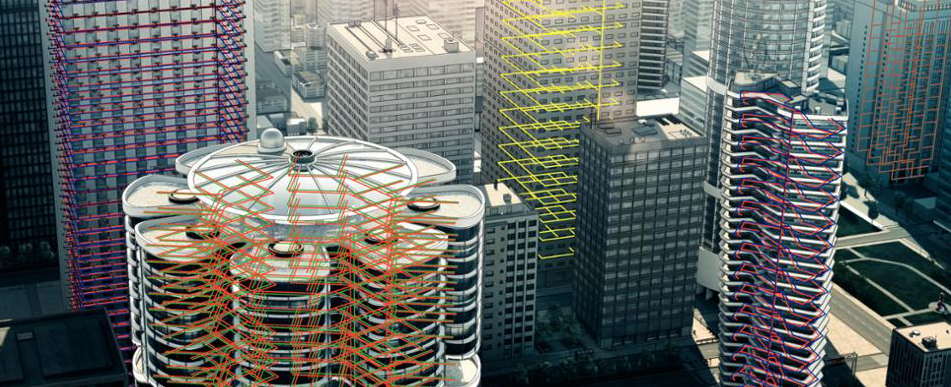Hydronic piping design details how hydronic systems should operate and be constructed. Hydronic systems may be used for both a chilled and a heated water loop with chillers and cooling towers used separately or together as a means to provide water cooling, while boilers heat the water. There’s no definitive roadmap when it comes to the design of hydronic piping systems. After all, every project has its own unique variables, from size to complexity, that guide which layout (and subsequent technologies) are the best fit.
But with these distinct differences also come many parallels in hydronic piping design. The same elements that contribute to and challenge the success of one hydronic system are felt across other systems—regardless of what all the project entails.
That’s why we’ve put together this list of industry best practices that will help steer any hydronic piping design in the right direction.
The Dos of Hydronic Piping Design
Do Get a Heat Loss Calculation
Whether it’s high ceilings, large windows or materials used, every element feeds back into what it takes to heat or cool a space. But without heat loss calculations, it becomes difficult to understand the type of thermal control a hydronic system needs to exude. Performing these calculations before the hydronic piping design phase enhances the operational efficiencies of systems.
Do Leverage Closed-Loop Systems
With a section of the system open to the environment, open-looped systems are more likely to invite corrosion into the network. Meanwhile, closed-loop systems encounter little water or air over the course of operation that can trigger this issue. Not to mention the closed-loop configurations are also quieter in nature, making their use less noticeable to occupants.
Do Compare Temperature Data for Different Kinds of Systems
Some hydronic piping designs offer more control than others. Whether it’s zoning valves that divide sections of a space or thermostats that regulate room temperatures, it’s important to understand the implications of each element. Assessing temperature data from various system types paints a clearer picture of their ability to enhance thermal comfort and reduce energy use.
The Don’ts of Hydronic Piping Design
Don’t Rely on a Single Thermostat in Divided Spaces
Whereas some buildings remain relatively open, others are highly compartmentalized, with doors to specific rooms remaining closed the majority of the time. Because of the variations this layout produces in heat loss and gains, it’s best to utilize multiple thermostats in these cases. This makes it possible to control temperature by individual rooms and maintain an even temperature distribution.
Don’t Skimp on Insulation
Insulation is one of the most important variables in the performance of a hydronic piping system. Yet, it remains one of the most overlooked areas. By making the placement and use of insulation a priority, air gaps that inhibit the efficiency of a hydronic system (and the subsequent temperature increases needed to account for this loss) are no longer an issue.
Don’t Overcomplicate the Design of Systems
Leveraging more complex algorithms in hydronic piping design is not necessarily better. In fact, adding unnecessary components can actually penalize the system’s efficiency, as well as complicate the installation process. Working with a manufacturer that offers radiant design services helps ensure that the end result is the optimal one.
At Viega, we offer radiant design services that help your specifications serve as the foundation to success. You can find examples of these services (and our technology) in action by browsing our project profiles.









